Long-awaited Chaplin museum opens in Switzerland
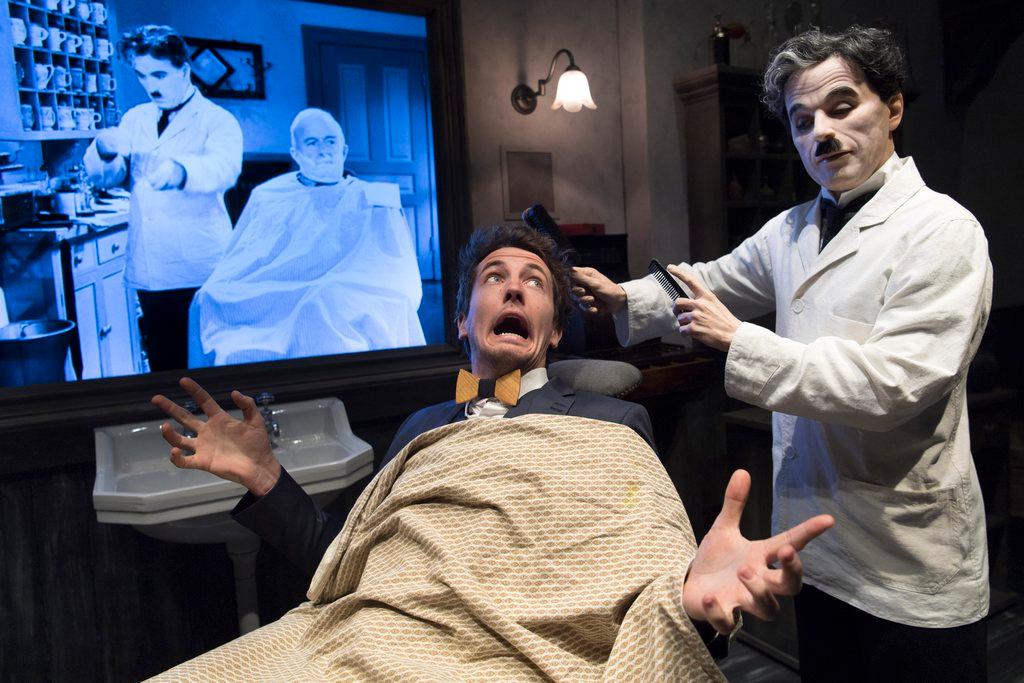
A new immersive museum dedicated to the life and work of filmmaker Charlie Chaplin has opened at his former Swiss home near Lake Geneva after more than 15 years of planning.
“It’s a great pleasure to see the final result as this has been a long project to implement. Sometimes we were on the edge of a cliff, but now I see the thing realised it’s surprising,” Chaplin’s 70-year-old son Michael Chaplin told reporters on Saturday at the inauguration of Chaplin’s World in the picturesque village of Corsier-sur-Vevey on Lake Geneva.
“It’s a pleasure to share the estate with everyone.”
The museum opens officially to the general public tomorrow.
Chaplin’s World is set on the huge grounds of the Manoir de Ban built in 1840 above Vevey in canton Vaud, where Chaplin spent the last 25 years of his life. He died there at the age of 88 in 1977.
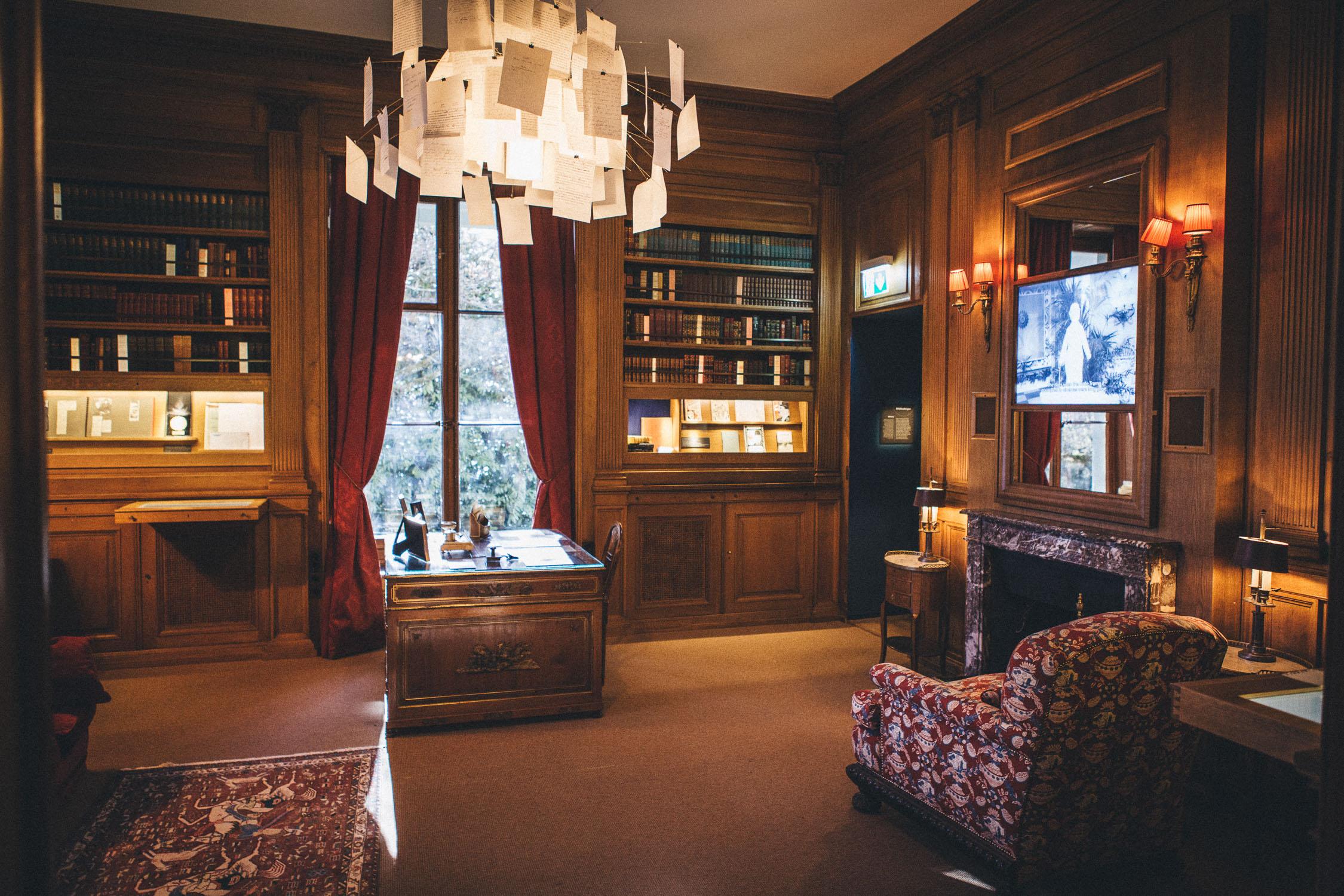
With spectacular views of the lake and Alps, the refurbished former family home where he lived with his wife Oona and their eight children, is just half of the museum focusing on the comic legend’s private life.
Visitors can walk throughout the huge mansion entering his former living room, dining room and library, where Chaplin used to write his autobiography and prepare scripts. Upstairs there is access to his bedroom and other rooms.
“This was always a big family house for me. There is a real feeling of warmth when I see the photos on the first floor. It was a place of great happiness for my mother and father,” said Eugene Chaplin who was born in Switzerland and grew up at the Manoir.
“The manor has changed but that’s normal. But the spirit of Chaplin remains.”
Micheal and his brother Eugene were among 24 Chaplin family members present at the museum’s inauguration.
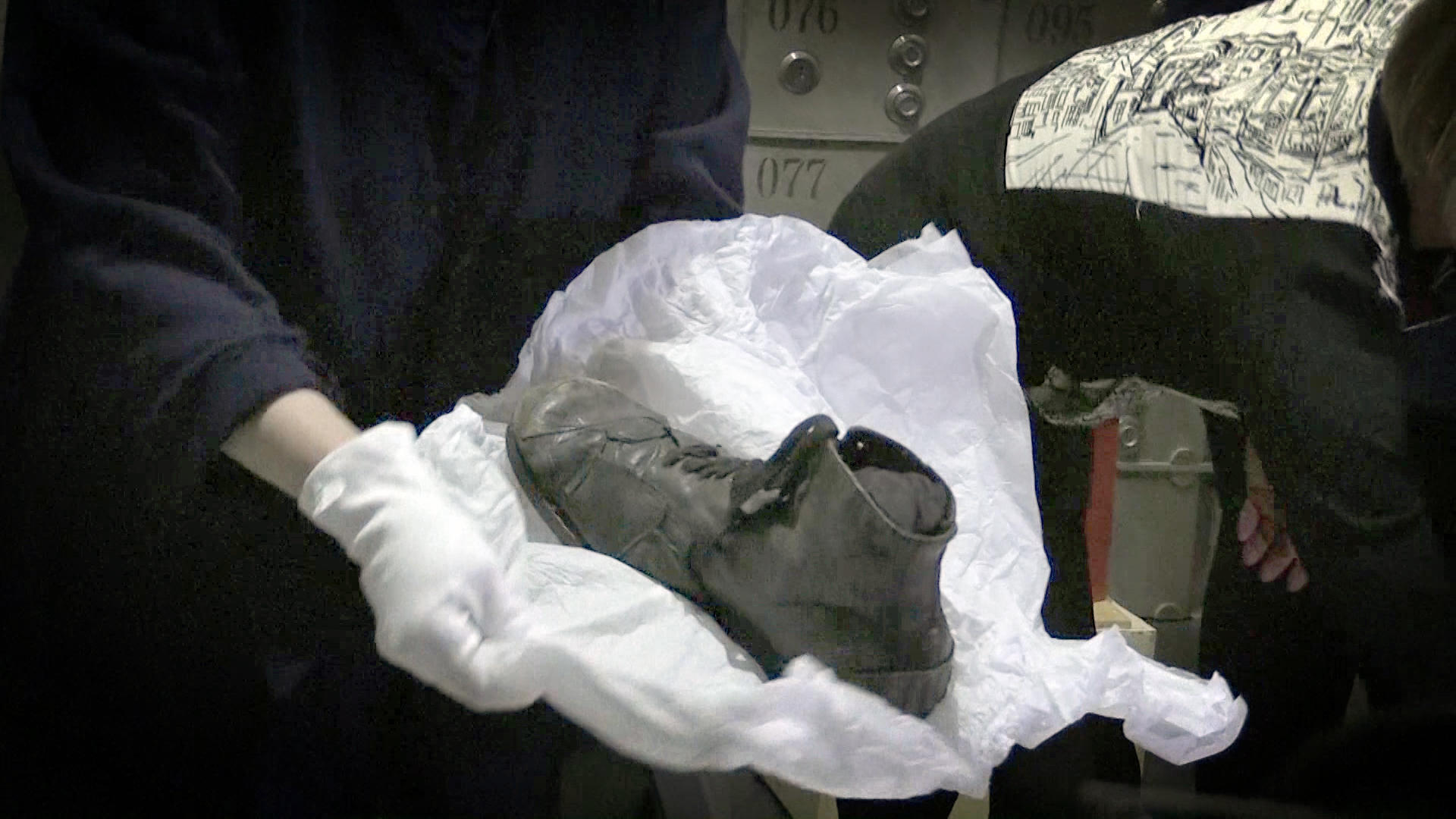
More
Long-awaited Charlie Chaplin museum to open in Switzerland
A new building has been built nearby as a mock-up of a Hollywood studio focusing on Chaplin’s movie work, which began in 1914.
Walking through the 16-metre-high studio, fans can learn about Chaplin’s early humble beginnings in London and his meteoric rise to become one of the biggest names in the film industry at only 26.
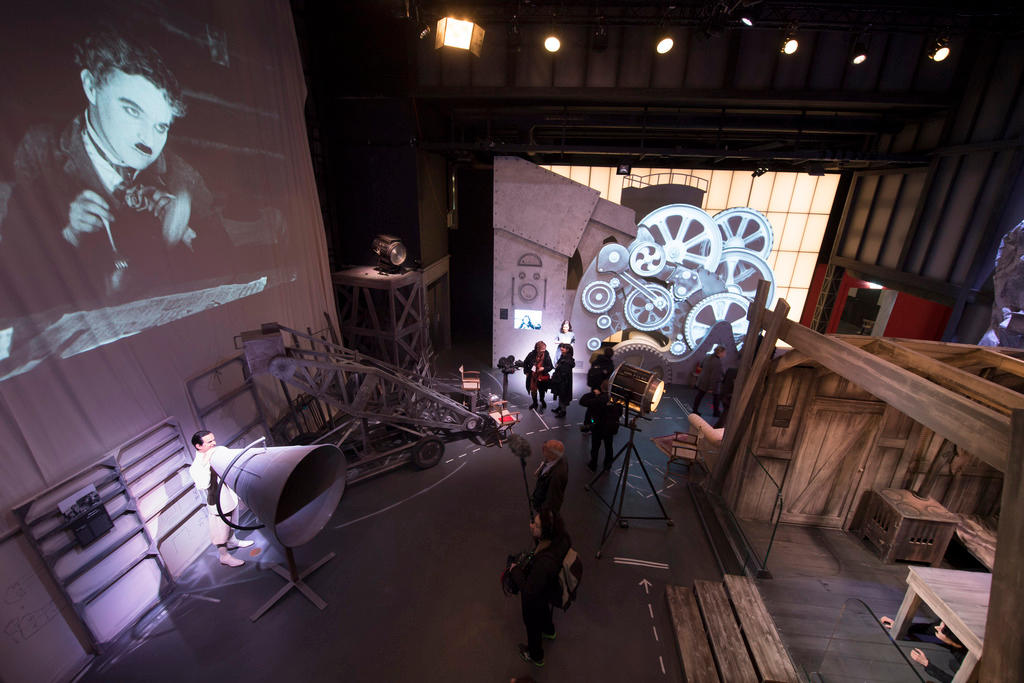
Thanks to recreated sets and embedded film screens, visitors can experience what it was like to walk down “Easy Street” or be in a cabin teetering on the edge of a cliff, like in Gold Rush. Elsewhere, you can sit in the barber’s chair from “The Great Dictator” or look in at the restaurant where he ate in “The Immigrant”.
The studio is completed with endless clips from his films, interactive exhibits and multimedia installations and a 150-seat cinema.
Chaplin’s World also features 30 wax figures created by the Grevin wax museum in Paris. These include lifelike models of Chaplin, his wife Oona, actors and actresses from his films, and friends like Albert Einstein, as well as artists inspired by his work such as Michael Jackson, Woody Allen and Federico Fellini.
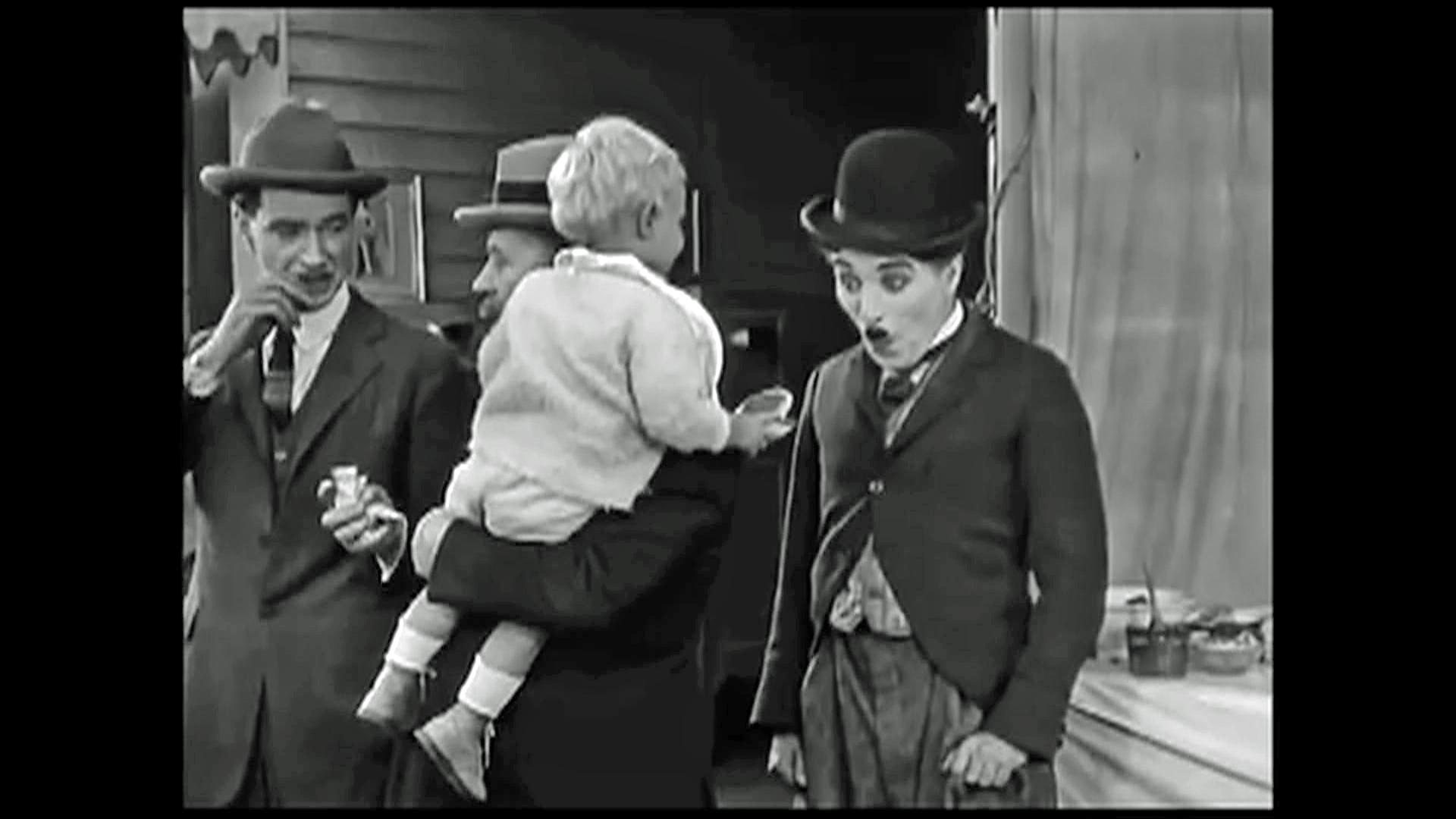
More
Charlie Chaplin at his best
To complete Chaplin’s portrait as a writer, composer and producer, the project developers have had access to his 81 films, 15,000 photos stocked at the Elysée Museum in Lausanne and 200,000 documents archived in Montreux.
Family members sold the estate to two promoters in 2004. They handed over to the operators not only the exclusive licensing rights but also opened up their childhood memories (albums and movies) and provided personal objects.
In a narrow room resembling a Swiss bank vault, some of the iconic objects associated with Chaplin’s work are on display, including his bowler hat and cane of his Little Tramp character.
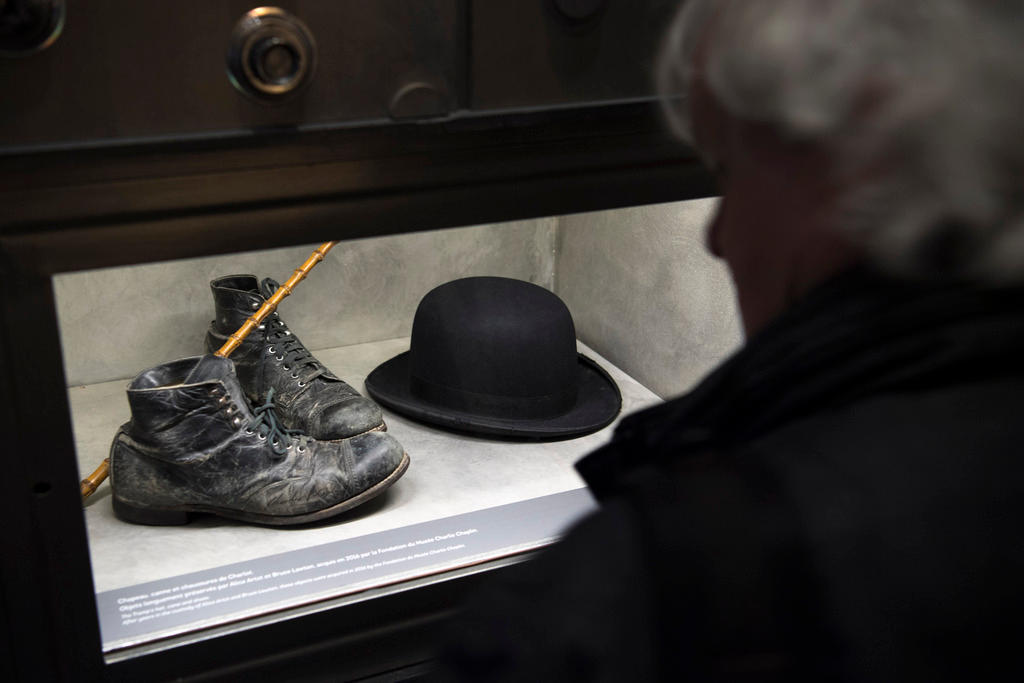
“It’s the first time I’ve seen the costume, or the cane or the hat, or the shoes. I’ve never actually really seen an original one before. Yes, it’s quite moving to see that,” Michael Chaplin said as he helped unpack the items before the museum opening.
In another case there is the certificate signed by Queen Elizabeth II when Chaplin was knighted in 1975. And in another is an honorary Academy Award and and an Oscar he won for the score of his film “Limelight”.
Chaplin’s World includes 10 acres of gardens offering views of Lake Geneva and the nearby Alps, and a café-restaurant located in an old farm house.
Obstacles along the way
The museum project, which has cost at least CHF60 million ($62 million), has taken over 15 years to come to fruition after facing numerous stumbling blocks.
It took seven years to get a building permit, overcoming scepticism from the locals and political authorities. Among the resistance was the fear that a Disney World-like park would ruin the Chaplin heritage and landscape.
The organisers had to wait five years to settle a lawsuit brought by a neighbour worried about the project. Empty since 2008, the manor also required major renovation work.
“It’s been a very long process but a completely normal process that we had to respect,” said Yves Durand, the Canadian cultural entrepreneur who instigated the project in 2000 with his architect partner Philippe Meylan.
“In such long projects you often end up getting worn out but with Chaplin the more we got interested in the person, the more we became attached and didn’t want to give up on him even during the difficult times around 2006-2009.”
The opening of Chaplin’s World coincides with what would have been the comic legend’s 127th birthday. The museum opens to the public on April 17 and the organisers hope to pull in 300,000 annual visitors, competing with the nearby Château de Chillon.
Charles Spencer Chaplin was born on April 16, 1889 in Walworth, South London. He made his first appearance on stage in 1894 in a London music hall to replace his mother who had taken ill during the performance.
From a broken home, Chaplin spent many years of his early youth in a workhouse along with his brother Sydney.
He began his career as an actor on the English stage in 1903. Chaplin toured the United States as a member of the Karno troupe in 1910. Four years later, he made his first appearance in films for the Keystone Studios.
Chaplin’s “Tramp” character first appeared on screen in one of his early Keystone shorts, “Kid Auto Races”, in 1914. The character helped make him a leading Hollywood star. Chaplin founded United Artists together with Douglas Fairbanks, DW Griffith and Mary Pickford in 1919.
He defied the arrival of sound in films with the release of commercial and critical successes, “City Lights” (1931) and “Modern Times” (1936). In 1947, he was accused of being a communist sympathiser and left the United States for good in 1952, and settled in Switzerland.
He made his last film, “A Countess from Hong Kong”, in 1966. Chaplin returned to Hollywood to receive a special Oscar in 1973. He was knighted by the Queen of England two years later. He died aged 88 at his Swiss estate on December 25, 1977. He is buried in the nearby Corsier-sur-Vevey cemetery, along with his wife.

In compliance with the JTI standards
More: SWI swissinfo.ch certified by the Journalism Trust Initiative









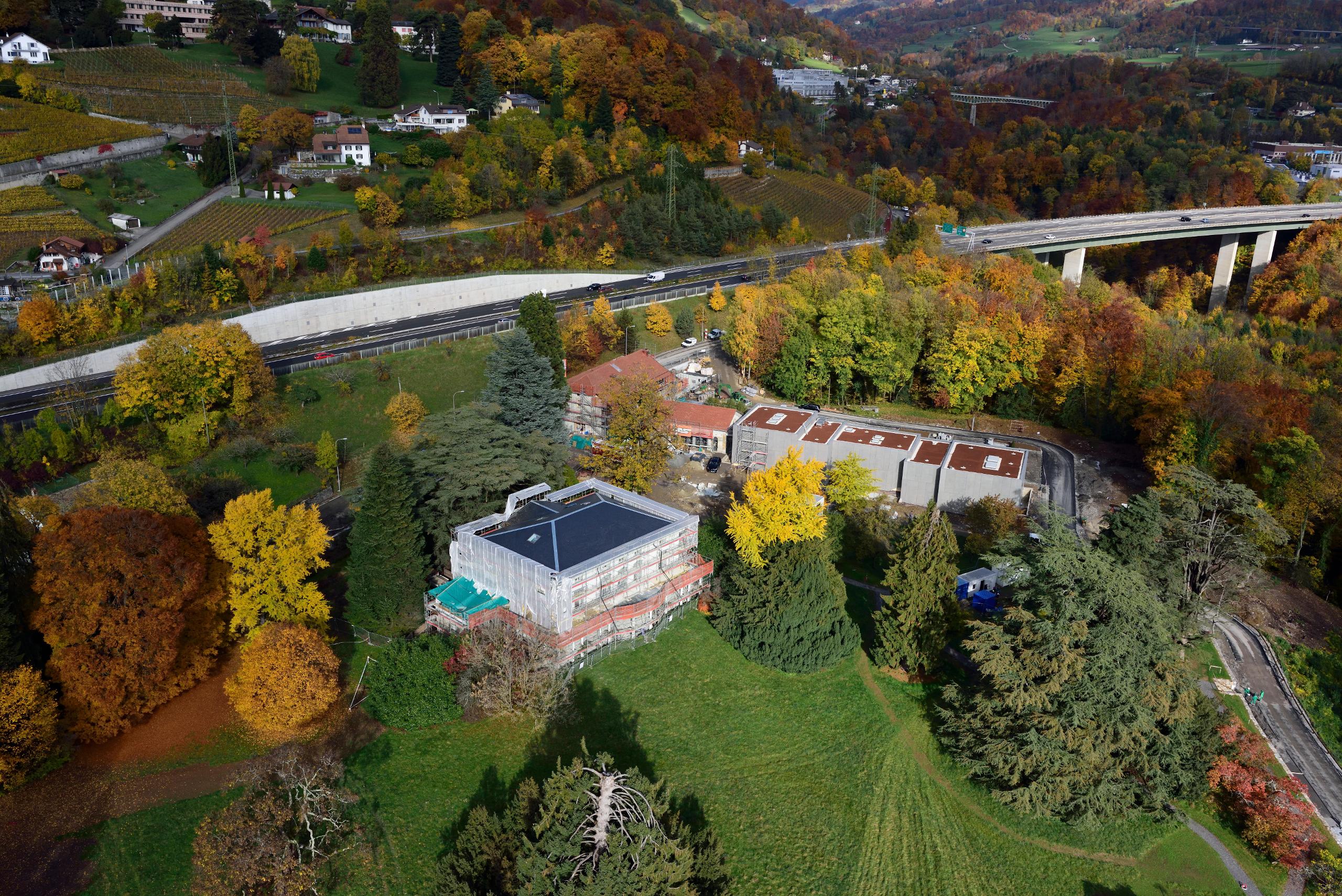

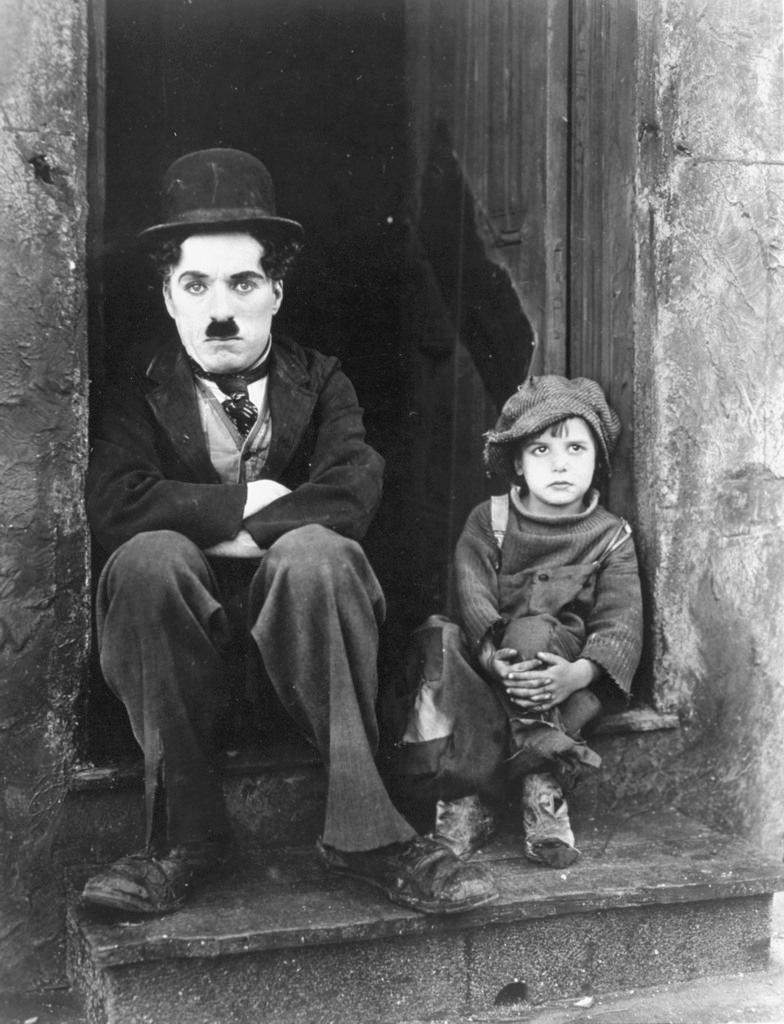

You can find an overview of ongoing debates with our journalists here . Please join us!
If you want to start a conversation about a topic raised in this article or want to report factual errors, email us at english@swissinfo.ch.